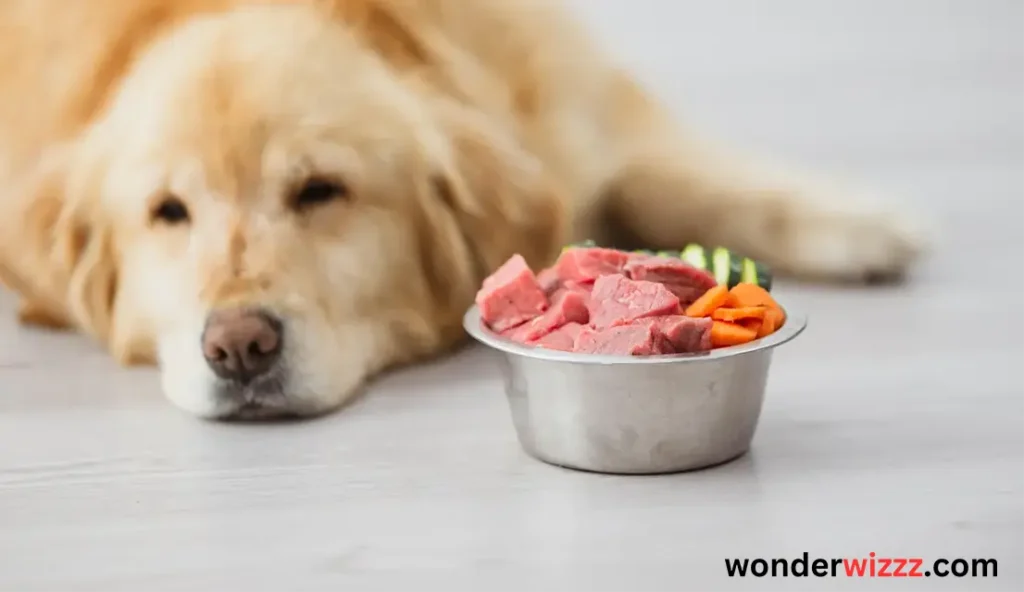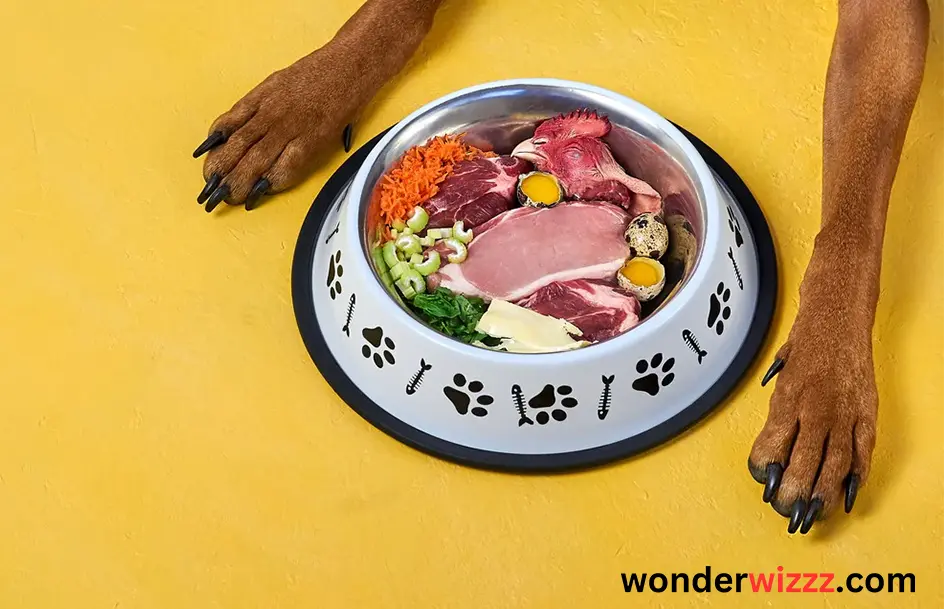Is Raw Food Safe for Pets?

Introduction
A. Definition of raw food diet for pets
A raw food diet for pets means feeding them uncooked ingredients like meat, bones, and vegetables instead of processed pet food. This diet mimics what animals might eat in the wild.
B. Growing popularity of raw food diets for pets
More pet owners are opting for raw food diets because they believe it’s healthier and more natural for their furry friends. They think it provides essential nutrients and improves their pet’s overall health.
C. Importance of examining safety concerns
However, before switching to a raw food diet, it’s crucial to consider safety concerns. Raw meat can contain harmful bacteria like Salmonella and E. coli, which can make pets and their owners sick if not handled properly. Therefore, it’s essential to understand the risks and how to mitigate them when feeding pets raw food.

Nutritional Considerations
A. Comparison of nutritional content between raw and commercial pet foods
When comparing raw food diets to commercial pet foods, it’s essential to understand the nutritional differences. Raw diets often contain more natural nutrients because they’re less processed. However, commercial pet foods are formulated to meet specific nutritional needs, which can be convenient for pet owners.
B. Essential nutrients for pet health
Pets need essential nutrients like protein, carbohydrates, fats, vitamins, and minerals to stay healthy. These nutrients support various bodily functions, including growth, energy production, and immune system function.
C. Potential deficiencies or imbalances in raw food diets
While raw food diets can be rich in nutrients, they may also lack certain essential nutrients or have imbalances. For example, if not properly formulated, a raw diet might be deficient in calcium, vitamins, or trace minerals. It’s crucial to ensure that pets on raw diets receive all the necessary nutrients for optimal health.

Safety Concerns
A. Bacterial contamination risks
Raw food diets for pets can pose risks due to bacterial contamination. Pathogens like Salmonella and E. coli may be present, potentially causing illness in both pets and humans who handle or come into contact with contaminated food.
B. Parasitic infections
Another concern with raw food diets is the risk of parasitic infections. Parasites like Toxoplasma gondii and those commonly found in raw meat can infect pets and humans, leading to various health issues.
C. Potential for choking hazards or gastrointestinal obstruction
There’s also the risk of choking hazards or gastrointestinal obstruction associated with raw food diets. Bones and bone fragments in raw diets can pose a choking risk, while whole prey diets may lead to gastrointestinal obstruction if not properly prepared or supervised.

Veterinary Perspective
A. Views of veterinary professionals on raw food diets
Veterinary professionals often express concerns about the safety and nutritional adequacy of raw food diets for pets. They worry about potential health risks associated with bacterial contamination and nutrient imbalances. Therefore, they typically advise pet owners to carefully consider these factors before switching to a raw diet.
B. Monitoring pet health on a raw food diet
To ensure pets stay healthy on a raw food diet, regular veterinary check-ups and blood tests are essential. These allow veterinarians to assess the pet’s overall health and detect any potential deficiencies or health issues early on. Pet owners should also watch for signs of potential health problems, such as changes in appetite, energy levels, or digestion, and report them to their veterinarian promptly.

Regulatory Landscape
A. Regulations governing pet food safety
The safety of pet food is overseen by regulations set by organizations like the FDA. These guidelines ensure that pet food manufacturers follow specific rules regarding production and labeling. However, regulations for raw pet food products can vary, leading to inconsistencies in safety standards.
B. Advocacy for stricter regulations
Some people advocate for stricter regulations within the raw pet food industry. They believe there should be increased oversight to ensure the safety and quality of raw pet food products. Proposed measures aim to enhance consumer protection by implementing more rigorous standards and monitoring processes.
Pet Owner Considerations
A. Motivations for choosing a raw food diet
Pet owners have various reasons for opting for a raw food diet for their pets. Some believe it offers health benefits, like shinier coats and improved digestion. Others base their choice on personal beliefs about what’s best for their pet’s nutrition.
B. Education and awareness
Having access to accurate information about raw food diets is crucial for pet owners. Understanding both the risks and benefits allows them to make informed decisions about whether a raw diet is suitable for their pet. This awareness helps ensure the well-being of their furry friends.
Conclusion
A. Recap of key points
Throughout this discussion, we’ve explored the safety considerations of feeding pets a raw food diet. We’ve looked at concerns such as bacterial contamination, nutritional adequacy, and regulatory oversight.
B. Importance of weighing risks and benefits
When deciding whether to feed your pet a raw food diet, it’s crucial to consider both the potential risks and benefits. While raw diets may offer perceived health benefits, they also come with risks such as bacterial contamination and nutrient imbalances.
C. Recommendations for responsible pet nutrition choices
Ultimately, responsible pet nutrition choices involve careful consideration of your pet’s individual needs and health status. Consulting with a veterinarian, researching reliable sources of information, and being aware of potential risks can help pet owners make informed decisions about their furry friend’s diet. Remember, what works for one pet may not be suitable for another, so it’s essential to tailor nutrition choices to your pet’s specific requirements and preferences.
People also ask
Why don’t vets recommend a raw diet?
Vets worry about bacterial contamination and nutrient imbalances in raw diets.
Is raw pet food safe for cats?
It can be risky due to potential bacterial contamination and nutrient deficiencies.
Can I put my dog on raw food?
You can, but it’s essential to consult with your vet first.
Is it safe for my dog to lick me after eating raw food?
Yes, but it’s crucial to wash your hands afterward.
What is the disadvantage of raw dog food?
Risk of bacterial contamination and nutrient imbalances.
What are the problems with raw food diet?
Bacterial contamination, nutrient deficiencies, and choking hazards.



